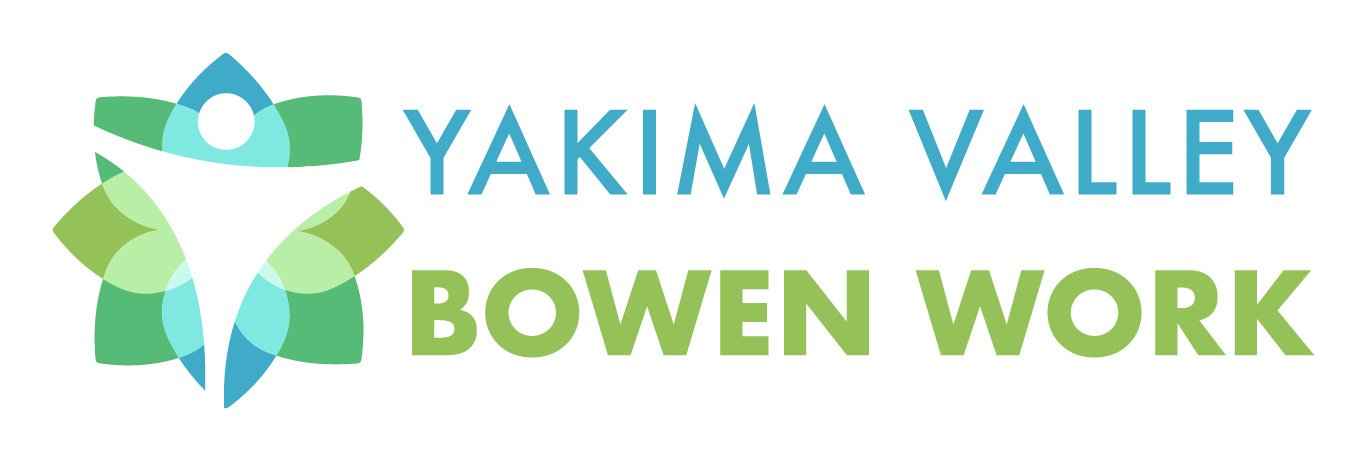Do you believe the old saying "No pain, no gain"? Do you foam roll deep into the painful spots, while holding your breath? Do you stretch like a mad man/woman on a muscle to the point where it hurts, going as far as you can or as fast as you can into that stretch?
If your answer was yes to any of those questions, we need to talk.... Ok. I need to talk, and you need to listen.... In order to discuss this topic at the appropriate depth (see what I did there) and detail, we need to get some basic working knowledge established. You have a skeleton, muscles, nerves and everything else is connective tissue(tendons, ligaments, fascia, skin, etc.). Whole muscles, down to individual strands of muscles, are wrapped in a casing known as fascia. Fascia is a type of connective tissue, which blends into other types of connective tissue, like tendons and ligaments to form one continuous network of connective tissue. The muscles and connective tissues that surround them are so intertwined that they are literally inseparable. Have you ever tried to cut the meat away from the fat on a steak? You either leave a little fat on the meat or loose some meat with the fat. With these principles laid down as a foundation we can now explore the topic of stretching and foam rolling.
Often clients come to me complaining of tightness in their backs, necks, and or hamstrings. These clients often say, I have tried stretching it, tried using a foam roller, etc. and it makes it feel better for a short time and then it comes back. It is no surprise that all of these areas are located on the back of the body. If we take a look at the body from a sideview, the muscles and connective tissue on the posterior, or back of the body have opposite muscles and connective tissues on the anterior, or front of the body. An example of this is the biceps in the anterior of the upper arm and the triceps in the posterior of the upper arm. Pain and or a feeling of tightness in the posterior tissues of the body are a result of the anterior versus posterior tissues becoming imbalanced, either from acute injury, repetitive strain, or poor posture. The tissues that are being lengthened begin to send pain signals to the brain and spinal chord. This is because they are loosing the tug of war and are trying to get the body back into balance. The usual approach of stretching, massaging, or foam rolling those painful areas do not help restore balance; in fact it likely does the opposite. It further lengthens these tissues that are already stretched out.
Then what does work?
There are many things that can restore balance, two very effective techniques are the Counterstrain Technique or Structural Relief Therapy (SRT) as its been taught to me, and the Bowenwork Technique. These methods are both painless, which I believe is critical when addressing injured tissues. They are both highly efficient and effective on both chronic and acute injuries. The Bowenwork Technique primarily affects change in the body by stimulating innate healing mechanisms, rebalancing the autonomic nervous system. Fascia is addressed in Bowenwork with a cross fiber rolling motion. SRT addresses the body by passively positioning patients in positions of ease to reprogram the neuromuscular system.
If you are continuing to "chase the pain" with foam rollers, experiencing the Yo-Yo like improvement then return of symptoms from other forms of bodywork, or have plateaued in recovering from injury; trying a different approach such as Bowenwork or Structural Relief Therapy is worth exploring.
